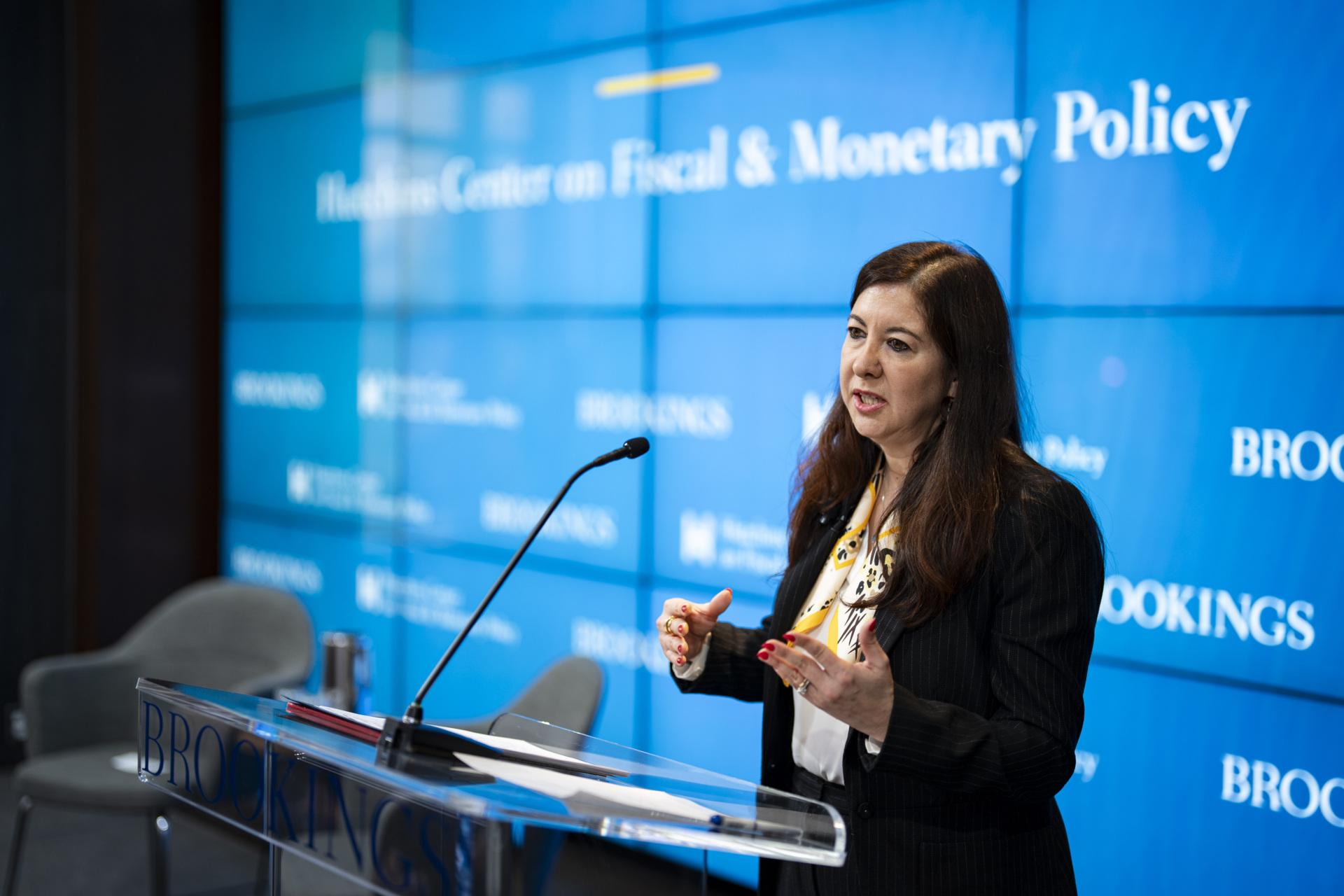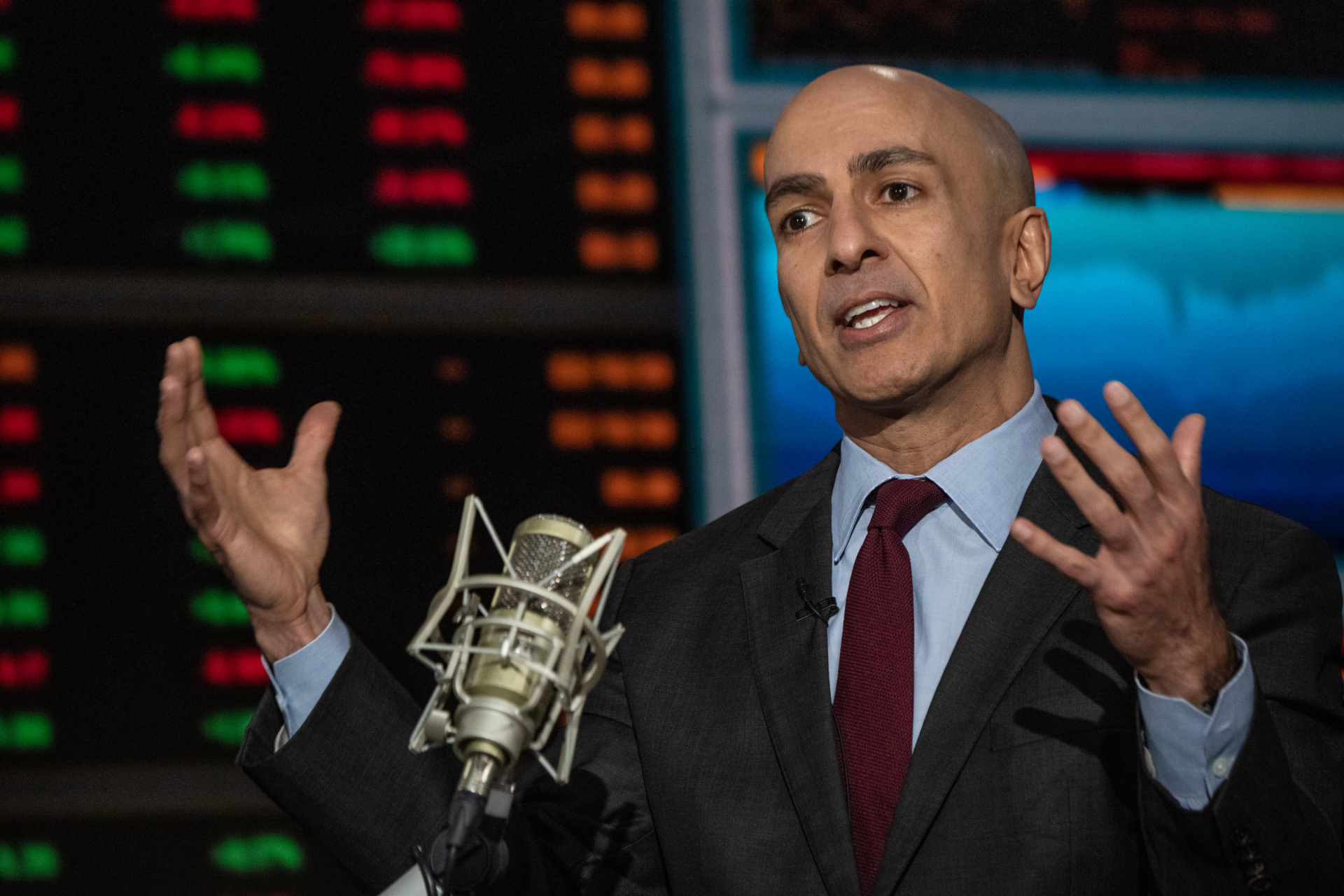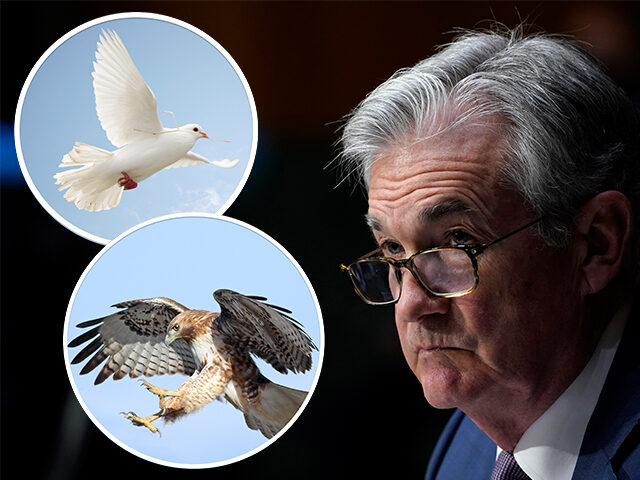Biden’s Ultra Dove on the Fed Sounds a Bit Hawkish
So, what does it sound like when doves cry?
Maybe something like this:
For now, I see the risks to our dual mandate as roughly balanced; our policy stance is restrictive, but the target range for the federal funds rate has been steady for some time now, and the most recent Summary of Economic Projections by FOMC participants suggests that the rate is at its peak level, if the economy evolves as expected. At some point, the continued cooling of inflation and labor markets may make it appropriate to reduce the target range for the federal funds rate. On the other hand, if progress on disinflation stalls, it may be appropriate to hold the target range steady at its current level for longer to ensure continued progress on our dual mandate.
Those are the prepared remarks of Federal Reserve Governor Adriana Debora Kugler for an engagement at the Brookings Institution on Wednesday morning.
Kugler is regarded as one of the most dovish members of the Fed’s Board of Governors, although her short tenure on the Fed board means this is mostly speculation based on her biography rather than anything she has actually done at the central bank.

Federal Reserve Governor Adriana Kugler speaks at the Brookings Institution in Washington, DC, on February 7, 2024. (Al Drago/Bloomberg via Getty Images)
Her background is typically described as a “labor economist,” which is usually code for an economist whose work advocates for or defends Democratic policies billed as pro-labor. She was the chief economist at the U.S. Department of Labor at the end of Barack Obama‘s first term and the start of his second term.
She was appointed to the Federal Reserve Board by President Joe Biden last spring and confirmed by the Senate in September. While there was not too much public controversy over her nomination, her confirmation vote garnered 45 votes in opposition, all from Republicans. With her background as a labor economist, she was widely expected to emphasize the employment side of the Fed’s dual mandate rather than the inflation side.
Her nomination was championed by embattled Sen. Bob Menendez (D-NJ) who said she “will finally bring the lived experience of being Latino in the United States to the Federal Reserve.” Establishment media headlines described her as “the first Latina” to join the Fed’s Board of Governors.
This is not the biography of just any old Fed dove. It’s the biography of someone who might be expected to be an Ultra Dove, a cheerleader for rate cuts who would preach complacency when it comes to inflation. You would not be surprised to find her alongside so many left-oriented economists and economic pundits, such as Paul Krugman at the New York Times, who have declared victory over inflation and are calling for rate cuts as soon as possible.
Stalling Disinflation Is a Worry
Yet Kugler’s statement brims with caution on rates. She says that rates are at their “peak,” which means she does not expect further increases. But she notes that rate cuts could become appropriate “at some point,” which is to say, they are not yet appropriate. What’s more, she says the economy needs “continued cooling of inflation and labor markets” before rate cuts would be called for.
Strikingly, she also holds out the possibility that it might be appropriate to hold rates steady for longer if disinflation stalls. This is not presented as an extremely unlikely turn of events but one that needs to be viewed in terms of a risk that is roughly balanced with an economic slowdown that would threaten to weaken the labor market.
It’s Not Just Kugler Either
Boston Fed President Susan Collins, who does not get a vote on monetary policy this year, sounded a similar note to Kugler’s on Wednesday, saying she is looking for “more evidence that the disinflationary process will continue before beginning to carefully adjust the monetary policy stance,” according to the Boston Fed’s official summary of her remarks.
“I am very supportive of being patient to get to where we need to get,” Richmond Fed President Thomas Barkin told the Economic Club of Washington, DC, on Wednesday. “I see, at this point, the tradeoff — which is coming into better balance — as still being in favor of continuing to work on inflation.”

Minneapolis Fed President Neel Kashkari speaks during an interview in New York on Nov. 7, 2023. (Victor J. Blue/Bloomberg via Getty Images)
Neel Kashkari, who has at times been very dovish on inflation and at times very hawkish, was even more specific, saying in a CNBC interview that he thinks the Fed will cut only two or three times this year.
The attention to the danger of disinflation stalling is something that is currently absent from most analyses and from the financial market. The consensus view is that inflation will continue to move downward, perhaps with some hiccups, and falling inflation will create the economic space required for rate cuts— because the Fed can reduce nominal interest rates if inflation is falling without reducing real interest rates.
But it’s not lost on Fed officials, even those like Kugler who have dove-feathered backgrounds. And if investors are paying attention, it probably will not long be lost on markets either.

COMMENTS
Please let us know if you're having issues with commenting.